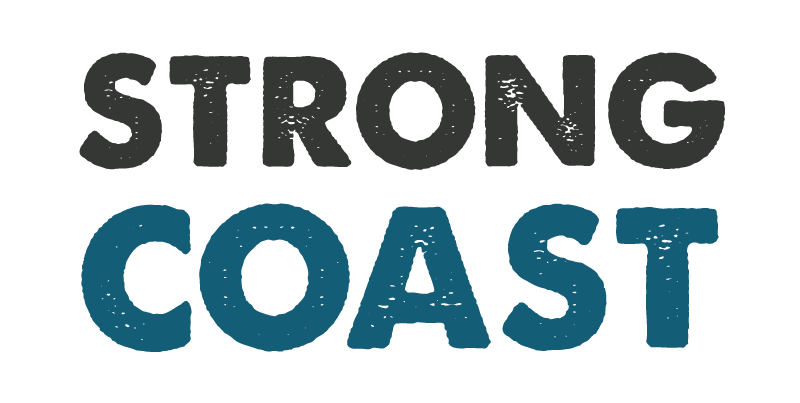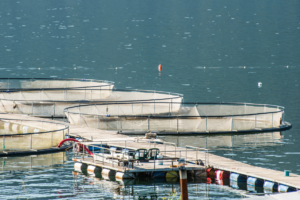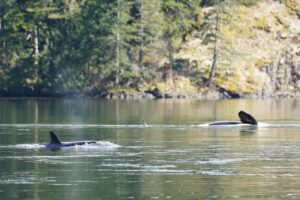A new study published in One Earth explores the connection between marine protected areas (MPAs) and human nutrition, concluding that MPAs can improve not only ocean health but also the well-being of coastal communities that depend on marine foods.
According to the study, MPAs—specifically those that allow for regulated, sustainable fishing—can play a critical role in supporting nutrition and livelihoods by enhancing fish stocks and creating opportunities for tourism.
MPAs: More Than Biodiversity Hotspots

Traditionally, MPAs are established to conserve marine biodiversity and protect habitats from overfishing and destruction. However, many MPAs are designed to support multiple objectives, including fisheries management, tourism, and even social development. Sustainable-use MPAs—areas where regulated fishing is permitted—offer a unique opportunity to balance ecological protection with food security.
This study provides the first global estimate of how much sustainable-use MPAs contribute to human nutrition. According to their analysis, these areas account for an average of 13.6% of global fisheries catch, 14% of fisheries revenue, and 13.7% of the nutrient supply derived from aquatic foods. In some island nations, such as Palau and the Cook Islands, catches from sustainable-use MPAs represent more than 95% of national fisheries production.
The Global Nutrition Crisis and the Role of MPAs
Today, over 700 million people are undernourished, and more than 3 billion people cannot consistently access safe, nutritious food. A 2024 report indicated that 17% of British Columbians faced food insecurity. For many coastal communities, aquatic foods are the primary source of animal protein and essential nutrients, including iron, zinc, calcium, and omega-3 fatty acids. By protecting fish stocks and ensuring a sustainable supply of seafood, MPAs can play a vital role in addressing these nutritional gaps.
The Nutrition Pathways of MPAs
The study identifies three major pathways through which sustainable-use MPAs can impact human nutrition:
- Fisheries Productivity: By improving fish biomass and fisheries management, MPAs can enhance catch rates within their borders and support spillover into adjacent areas. Increased fisheries catch provides communities with greater access to nutrient-rich seafood, a crucial source of protein, omega-3 fatty acids, and essential vitamins and minerals.
- Tourism-Driven Economic Gains: MPAs often attract eco-tourists, divers, and recreational fishers. The resulting tourism revenue can stimulate local economies, increase household incomes, and improve access to food.
- Ancillary Programs and Livelihood Initiatives: Many MPAs bring in public and private investments through alternative livelihood programs and research initiatives. These initiatives can provide employment opportunities and supplementary income, which, in turn, can enhance food security.
The authors emphasize that MPA design, governance, and enforcement are critical factors that determine whether communities experience nutritional gains or losses. Well-managed MPAs that incorporate local knowledge and participation tend to yield better outcomes.
Marine Protected Areas in British Columbia
The Great Bear Sea Marine Protected Area (MPA) Network is a collaborative initiative aimed at preserving the rich marine habitats in BC’s waters. This network covers approximately 30% of the Great Bear Sea, encompassing around 30,000 square kilometers, and includes both new protected areas and enhancements to existing MPAs.
A cornerstone of this initiative is the active involvement of 17 First Nations, who, in partnership with the Government of Canada and the Province of British Columbia, endorsed the MPA Network Action Plan in February 2023. This collaborative approach ensures that Indigenous knowledge and cultural priorities are integral to the network’s design and management.
To support the long-term sustainability of the MPA Network, a Project Finance for Permanence model has been adopted, bringing $335 million in new investments to the region. The Project Finance for Permanence (PFP) is a comprehensive long-term funding package, developed in partnership with philanthropic funders and the Canadian and BC governments, that uses a mix of debt, equity, and other financing tools to secure lasting conservation outcomes while reducing reliance on taxpayer dollars. This funding includes contributions of $200 million from the Government of Canada, $60 million from the Province of British Columbia, and $75 million from philanthropic organizations.
The Path Forward
While this research provides critical insights, the authors call for more direct studies examining the impact of MPAs on health outcomes. Expanding this evidence base is essential for designing MPAs that support both ecological and human well-being.
As nations strive to balance conservation with sustainable development, MPAs offer a promising tool for advancing global health.




